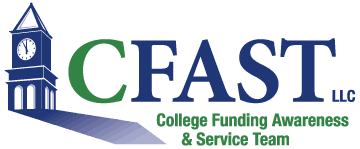How to Maximize College Financial Aid (Step 4 of 4)
Finally, the last recommended step from the Wall Street Journal article:
Step 4: Save Strategically
Save in the parent’s name, not the child’s, since FAFSA weighs parent assets at a maximum 5.64% rate, while student assets are assessed at a 20% rate. Convert your child’s savings and certificates of deposit to your 529 college-savings plan no later than the high school sophomore year.
Don’t use a grandparent-owned 529, even though they are not reported as assets on FAFSA, distributions from them count as untaxed income to the beneficiary, which can reduce financial aid eligibility by as much as half.
Use savings to contribute to a qualified retirement account (401(k), IRA and Roth IRA) by December of the student’s sophomore year so that it isn’t counted as an asset for students or parents on FAFSA. If the child earned money from a part-time or summer job, open a Roth IRA in his/her name, instead of keeping the money in a savings account. Also, delay contributions to and distributions from (untaxed income to FAFSA) a retirement plan until it will no longer affect aid eligibility.
Families have many options to optimize their situations in order to maximize their eligibility for financial aid. to explore your options and put a plan in place that is appropriate for your family.
We hope that these recommended steps in our blog posts help you in your college financial planning. Please attend one of our free seminars for more strategies for paying for college.

